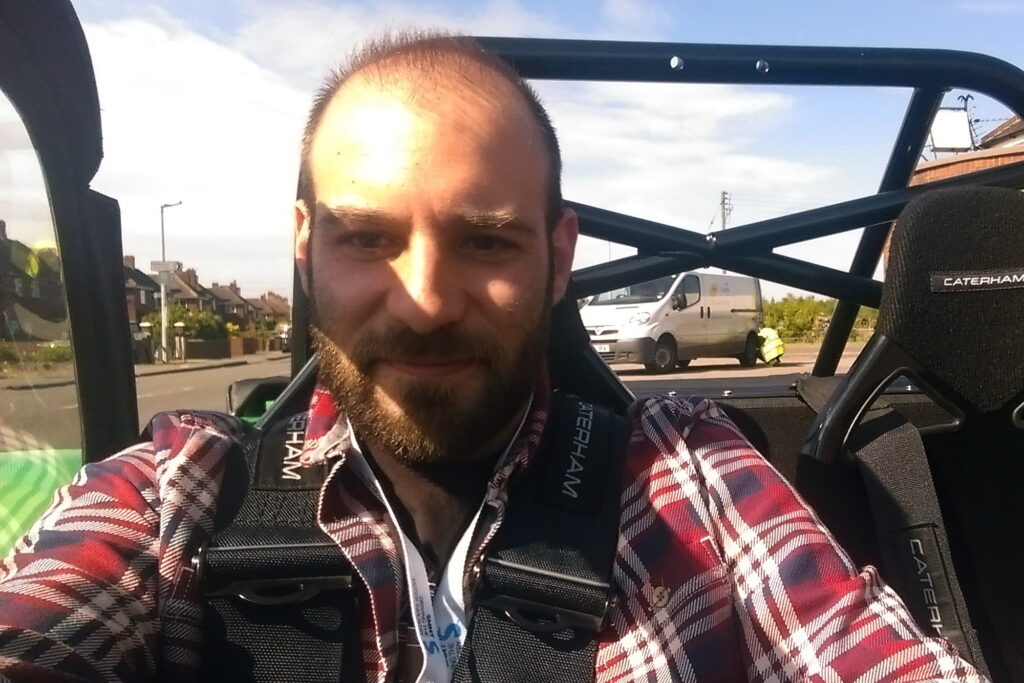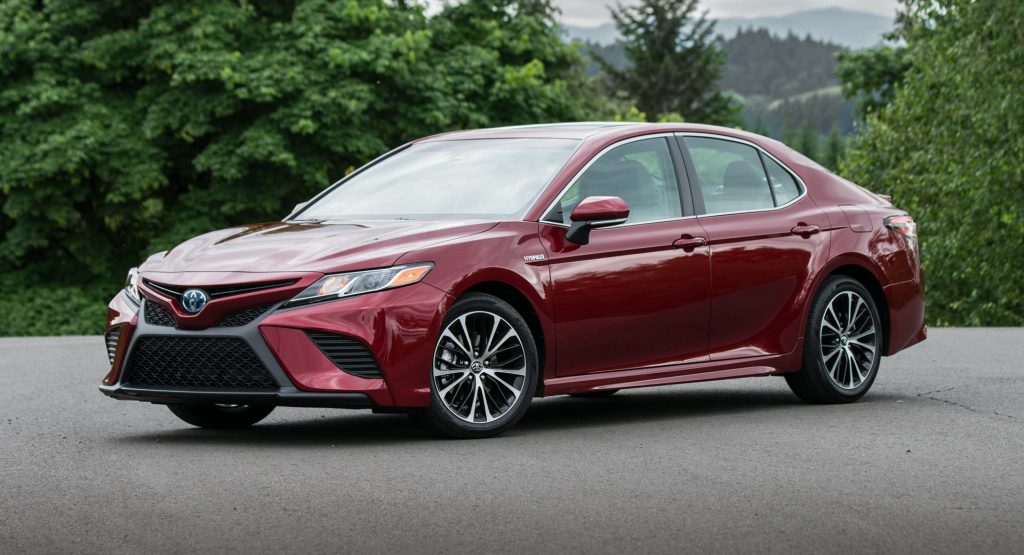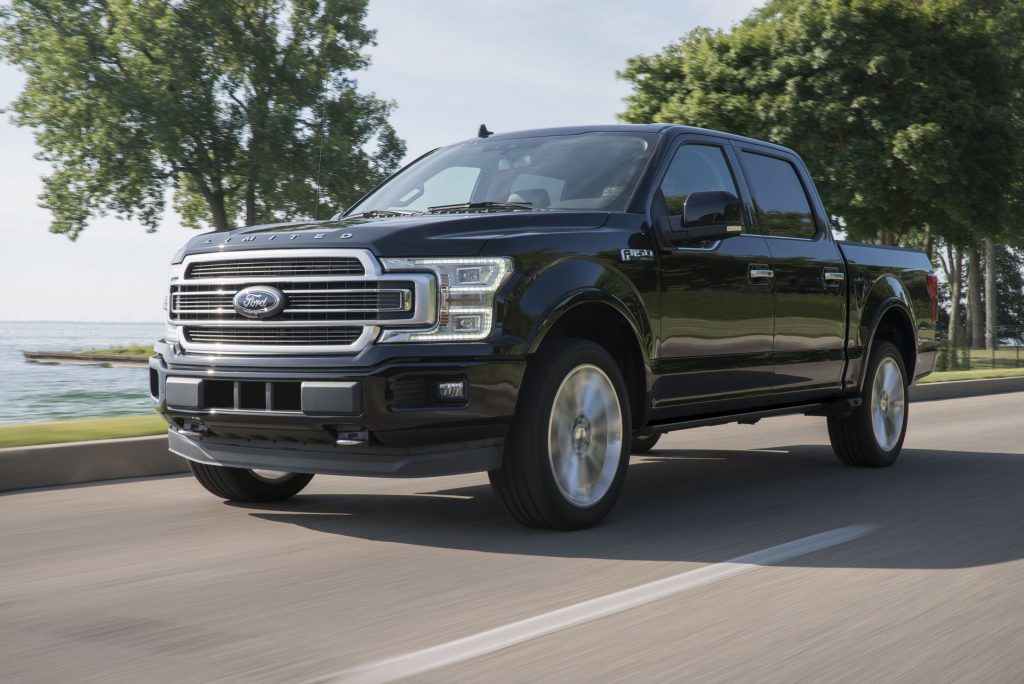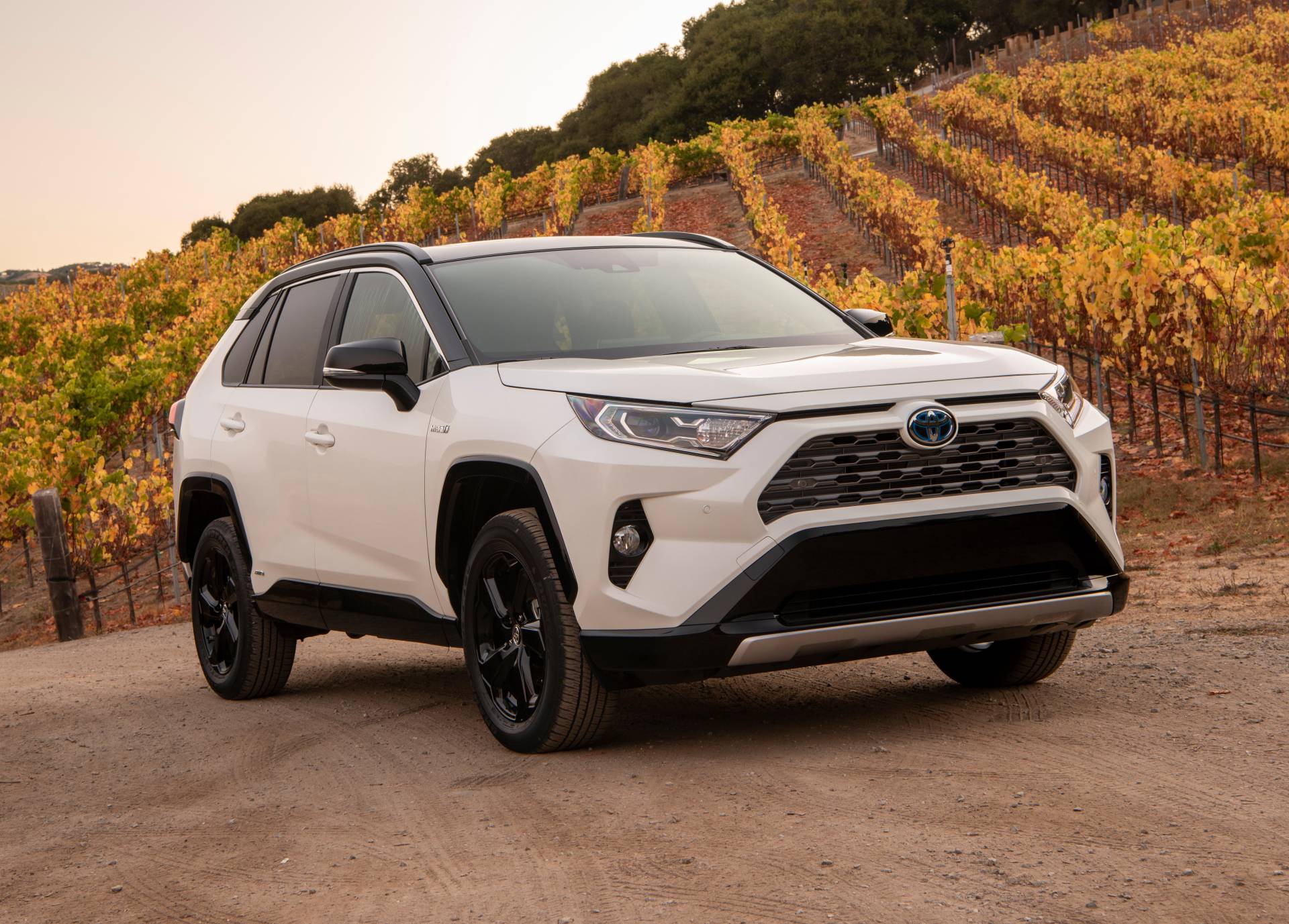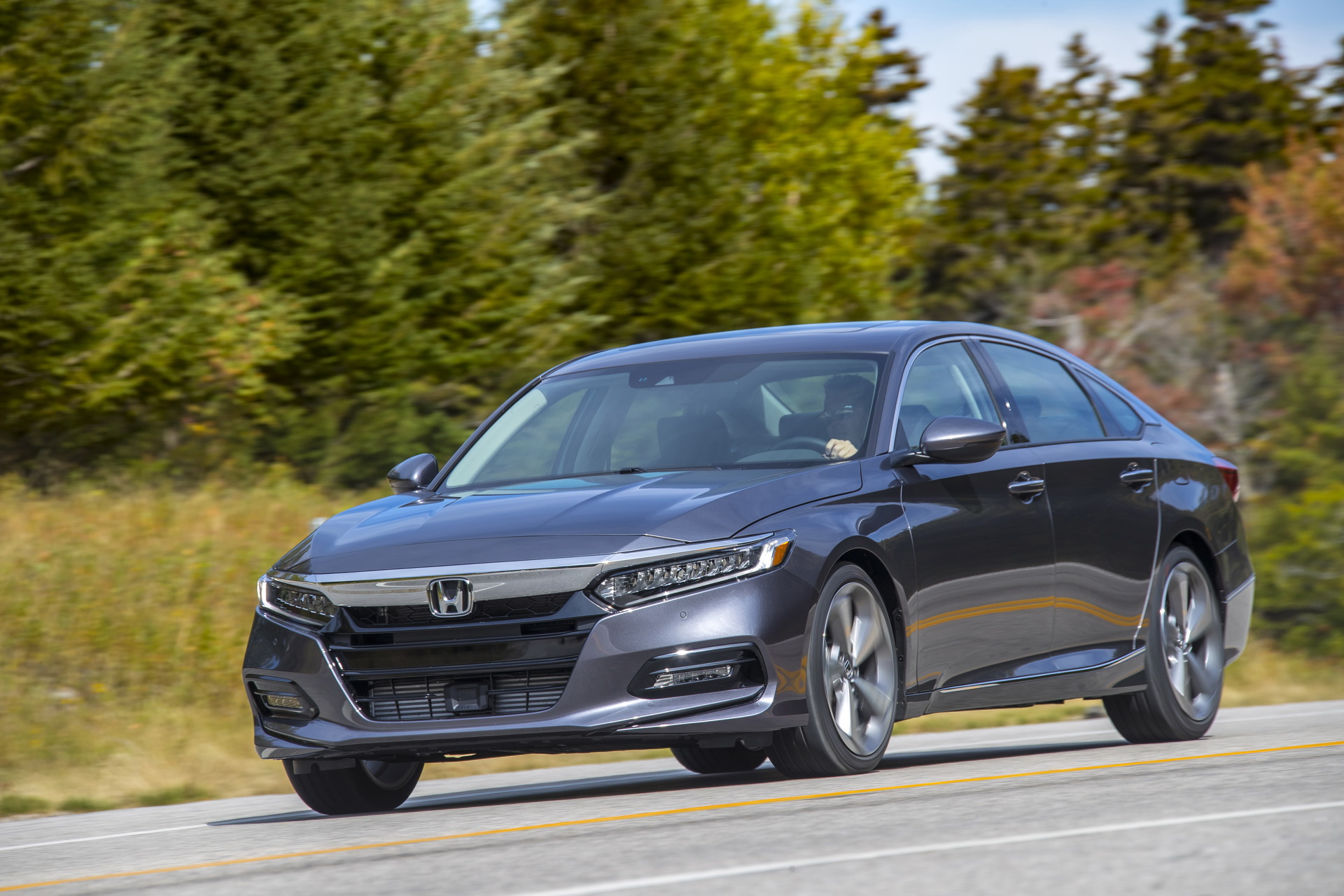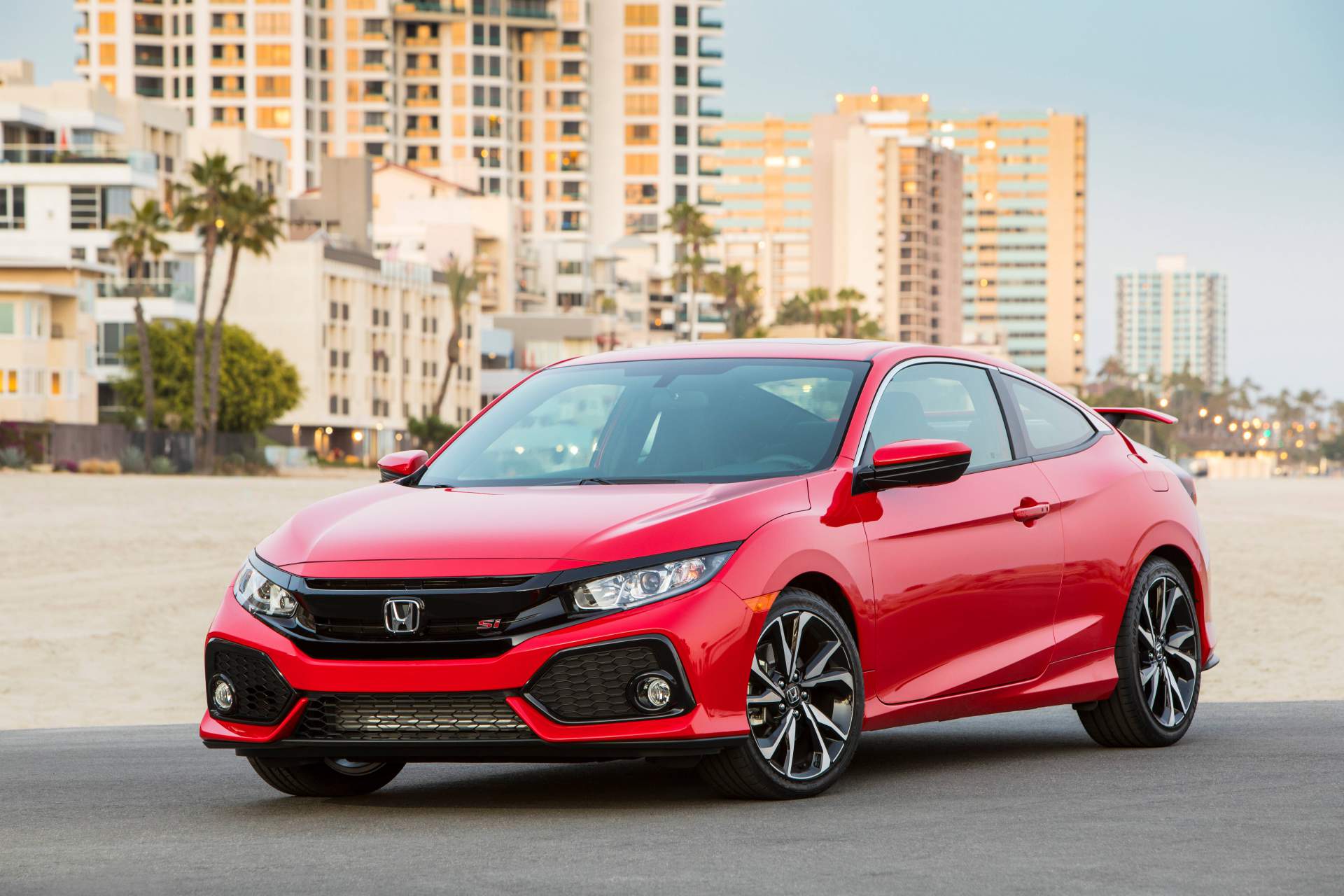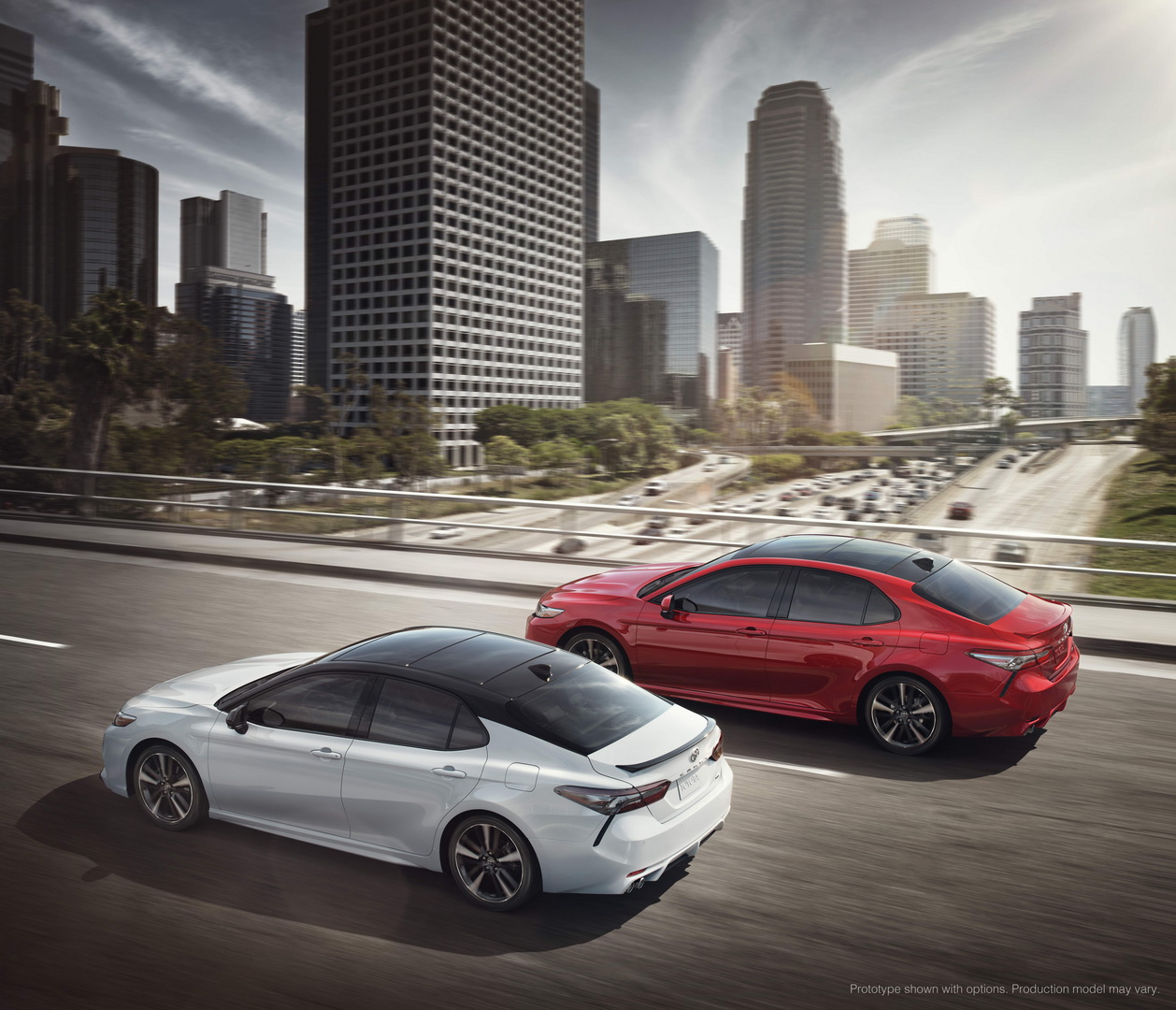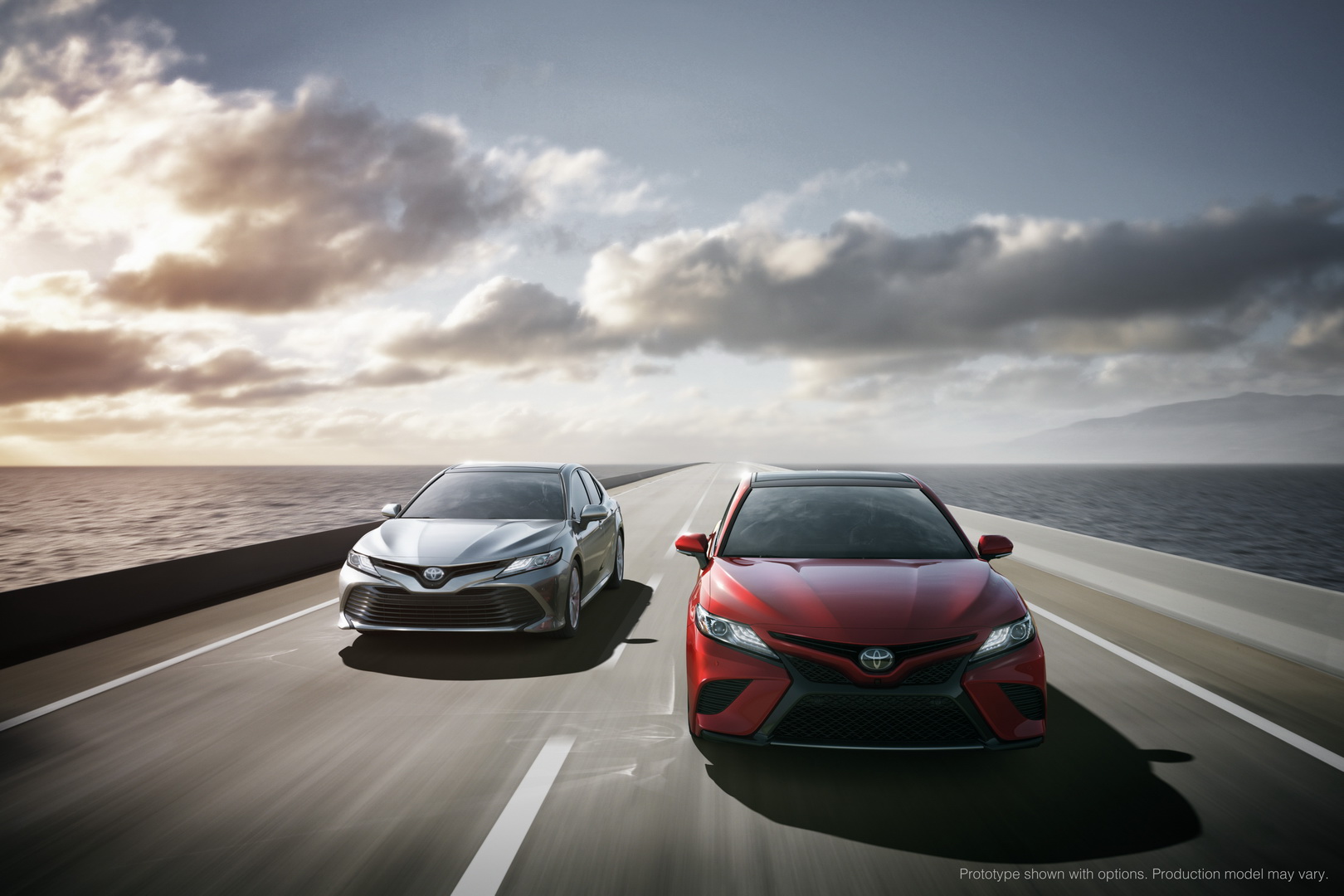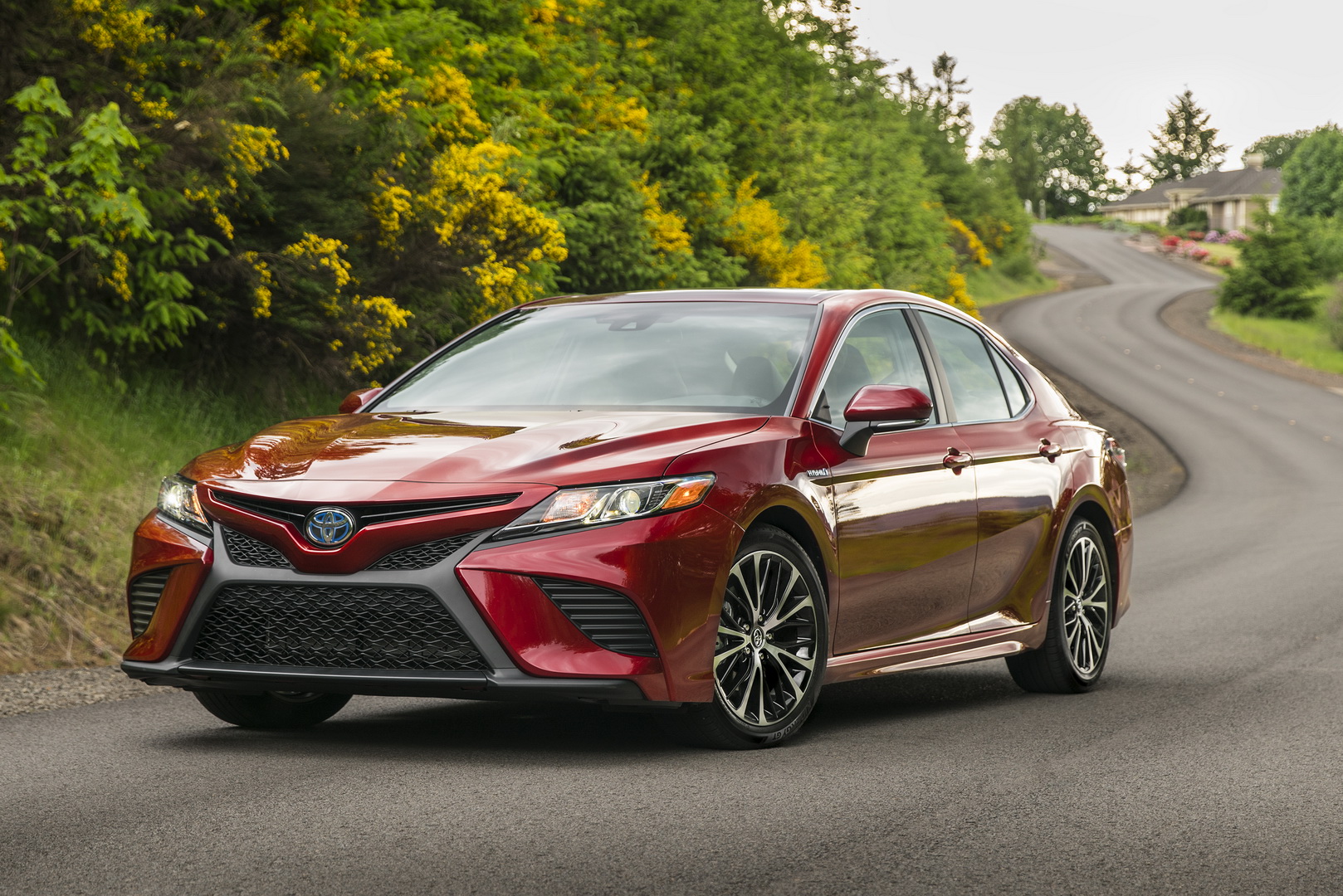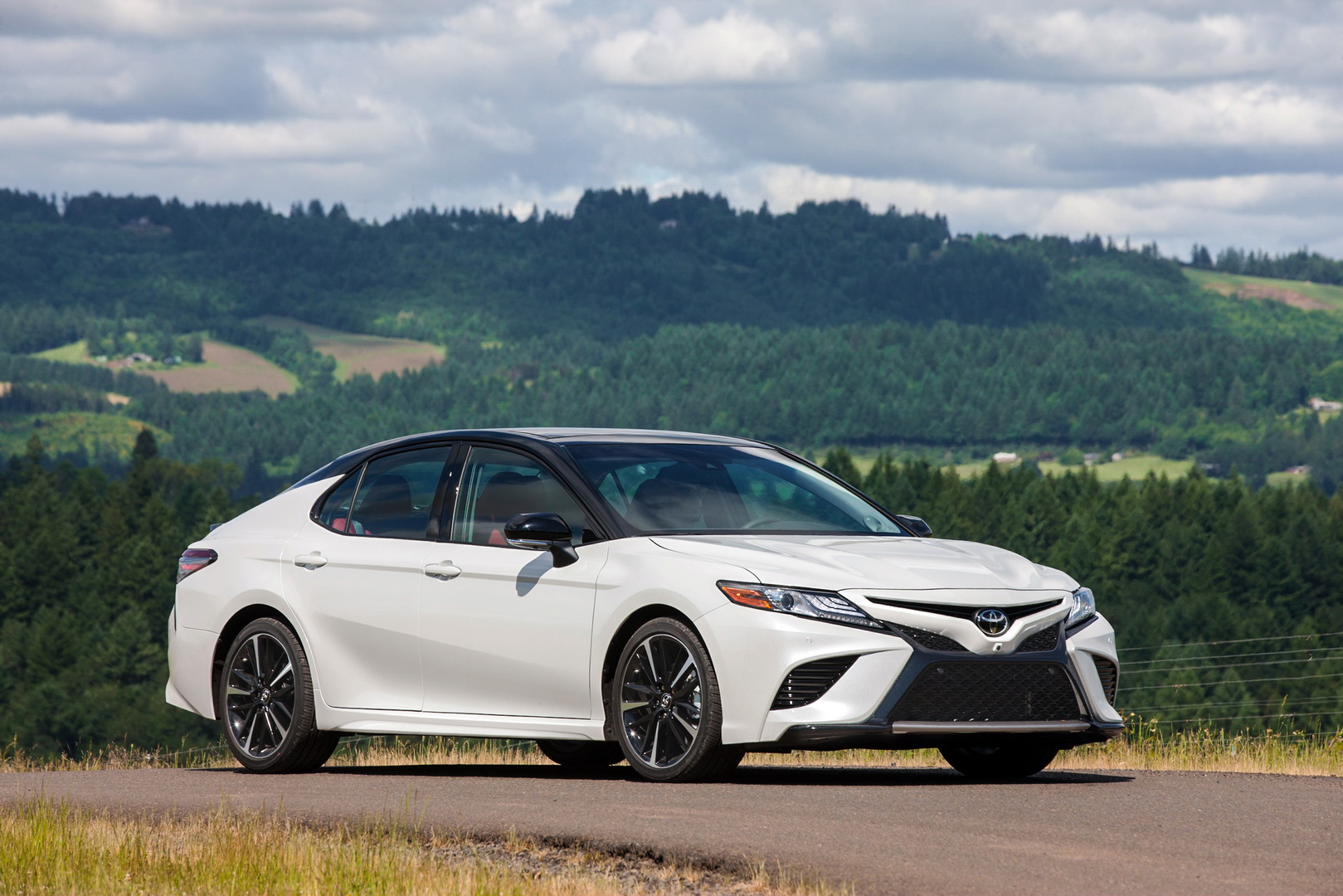The new vehicle market in the US is now facing the highest average car loan payment (along with interest rates) in a decade, mostly due to the surging interest in trucks and SUVs, according to Edmunds.
The study showed that customers weren’t willing to purchase one of the new compact or midsize vehicles instead of a bigger truck or SUV in order to lower their payments, pushing the average interest rate on new-car financing at 6.3 percent in February, which is the highest since the same month in 2009.
Out of all the financed deals, only 3.2 percent had no interest, compared to the 8.3 percent achieved in February 2018. In addition, only 18 percent of buyers got a rate of less than 3 percent compared to over 25 percent of shoppers last year.
With prices and interest rates on the rise, more and more customers are being pushed out of the new car market but most of them don’t want to change the type of car they initially wanted.
“We really haven’t seen people make too many concessions in the style of vehicle they’re looking for. While there’s alternatives out there that are more affordable, it doesn’t look like that’s where shoppers are flocking,” Jeremy Acevedo, Edmunds’ manager of industry analysis told AutoNews.
Customers are now placing bigger down payments to offset the costs of the vehicles they aren’t willing to compromise on, raising the average down payment by 6.6 percent to $4,187. The average amount financed is now $32,071, a 2.4 percent increase, while the average transaction price of a new car is $36,331, over 4 percent more than before.
Car leases that end in 2019 will face a significant price hike as well, with a record 4.3 million customers expected to pay as much as 26 percent more than they did back in 2016. The increase is mostly blamed to weakening residuals, record-high prices and the rising interest rates.
For example, the 2019 Toyota Camry SE, one of the most popular models leased in the US, costs $2,834 more on average over the course of a 36-month lease, a 26 percent increase.







